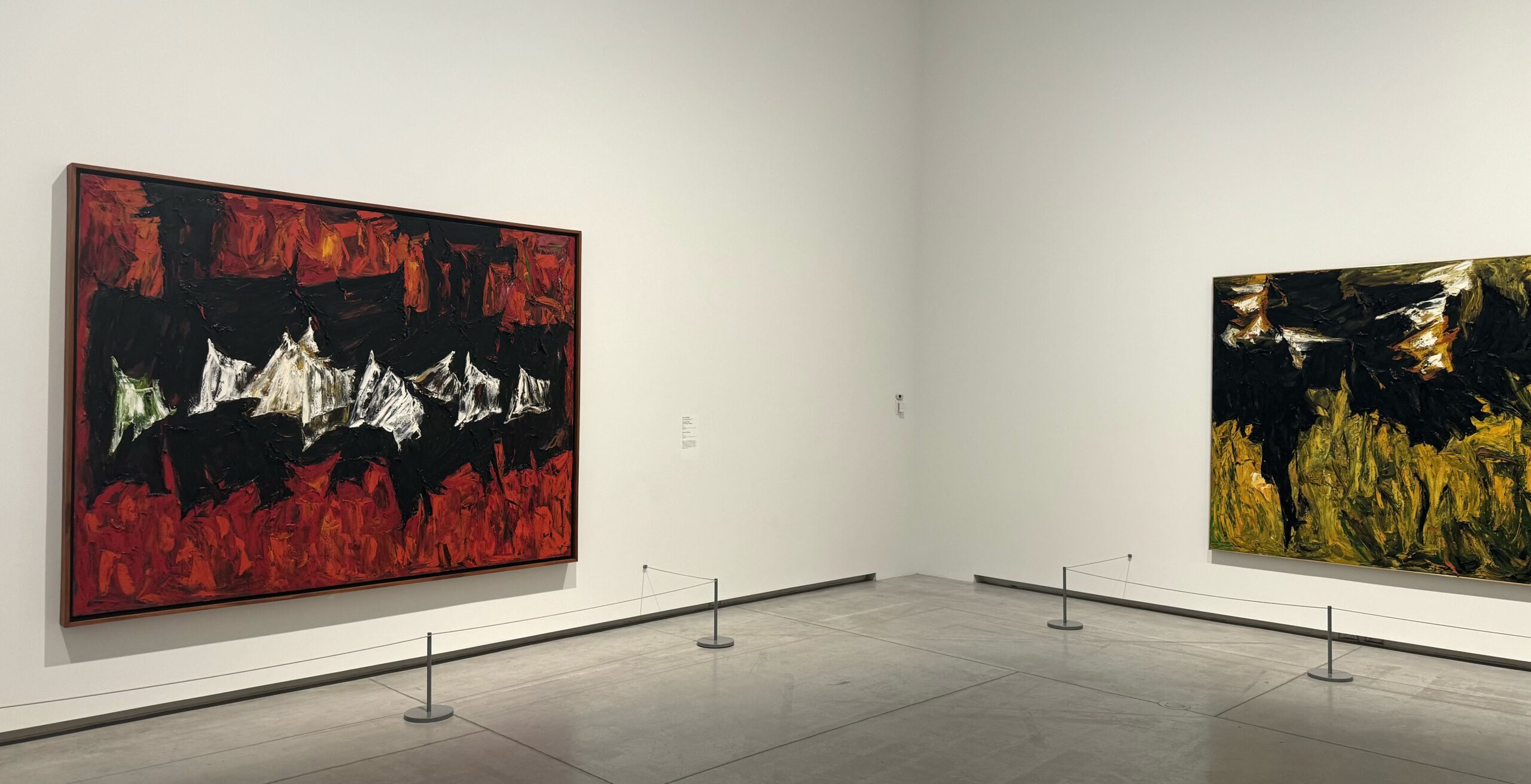The modern art mentality
Art is always more than what you see.
Art has always been and always will be a subjective craft. Whether you are making art or interpreting it, outcomes change relative to the person. Modern art is no stranger to criticism. The movement emerged in the late nineteenth century, driven by artists who decided to take a risk and create art against traditional ideals. Nowadays, the narrative of “I could make that” has surrounded how people criticize modern art. Especially with the access we have to art supplies and teachings, it’s true that you could make that. But would you make something like what you saw or something that is completely your own? How would you know the difference?
Looking at art is only half the effort one can make. The other half is getting context. Understanding the method to the madness is just as important because context not only informs you of how the artist made a piece but also what the artist was influenced or inspired by.
It’s easy to look at art and take it at face value, but I have found that learning the context of an artwork has made me appreciate it more. The Art Gallery of Ontario’s (AGO) ongoing exhibition, Moments in Modernism, hosts artists such as Rita Letendre, Mark Rothko, and Gerhard Richter. Focusing on Rita Letendre’s works, we see great examples of abstraction. The exhibition’s wall text states how Letendre was enrolled in L’École des beaux-arts de Montréal, an art school in Quebec. However, she only remained at the school for 18 months as teachings were too rigid and conservative. Sparking her interest in visualizing emotion and spontaneity, she was tied to the Montreal-based “Automatistes,” an art movement that focused on letting the making process be controlled by the unconscious mind. Letendre once stated, “It seemed that I had something to say, an overpowering rage that nothing could hold back,” making it clear that she made these pieces from a place of personal adversity and emotion.
This gets me to my point: you may think you could make the artworks that hang in museums, and maybe you can. Maybe you went through the same experiences and feelings as the artist. However, the way you choose to represent those emotions is what truly sets your creations apart.
Art serves as a vessel for expression concerning topics such as political wrongdoings, the beauty of nature, scientific findings and innovation, joy and sorrow, and even imaginary fantastical beings. Art has been a method of recording life and sharing it. The “I could make that” mentality only reiterates this concept. If you, as the viewer, feel connected to an artwork, no matter how complex or simple, then art has been successful in recording life.

